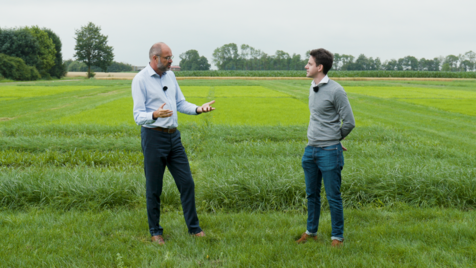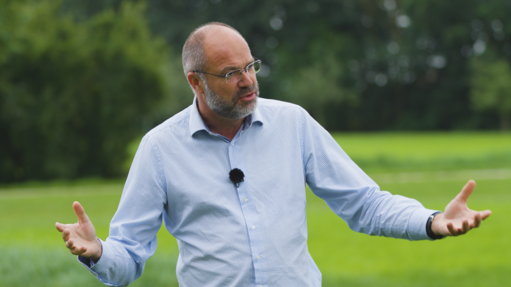“Sustainability is in our company DNA”
Everyone, everywhere in the world is facing climate change – and there’s no time to lose in tackling its impact. That’s why John Thijssen, Chairman of Barenbrug’s Board of Directors, put sustainability high on Barenbrug’s priority list. His goal: to make Barenbrug part of the solution to this pressing issue.
Many years ago, John and his team started looking critically at our company’s ways of working and their environmental impact. In this interview, he explains what Barenbrug has done in recent years to do business more sustainably, as well as sharing his green future plans for the company.



